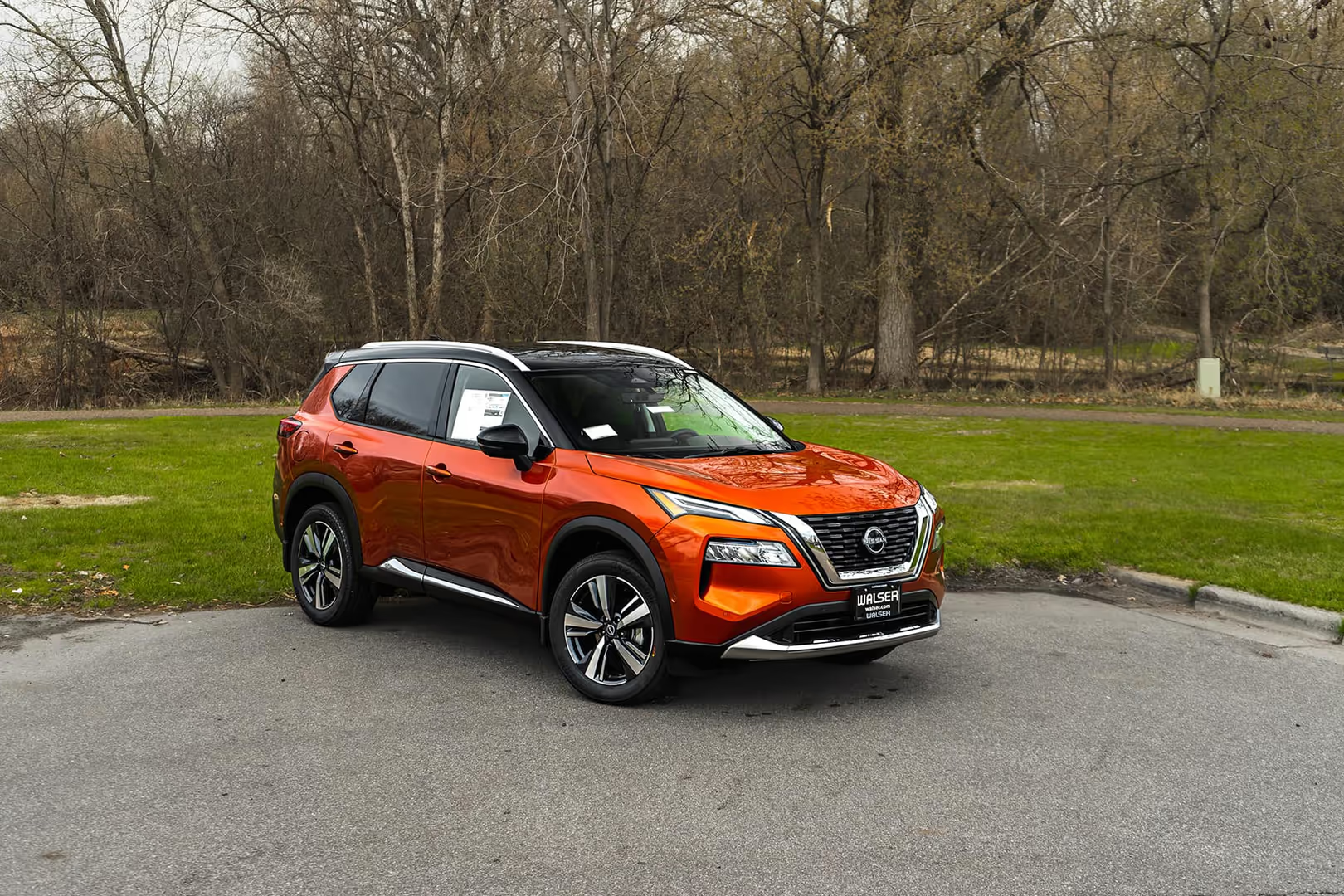While many people appreciate Nissan products, the company has a mixed reputation when it comes to reliability.
Much of this stems from concerns about the brand’s strong preference for Continuously Variable Transmissions (CVTs), which have been a source of trouble for numerous owners over the last 15 years.
While it’s never wise to dismiss issues related to a vehicle’s transmission, it’s also important to remember that the negative experiences of some drivers may not reflect the broader ownership base.
In fact, by most measures, Nissan ranks as average to above average in terms of reliability.Thinking about buying a Nissan as your next SUV? Here’s a breakdown of their 2024 lineup, ranked from the least to the most reliable.
That said, not all models are built the same, and to help simplify your next visit to the dealership, we’ve gathered every Nissan truck and car currently available for sale in 2024.
This list does not include any of the upcoming 2025 models, but it does take into account those that will be discontinued at the end of the year. The result is the most thorough Nissan reliability ranking we could create though the top entry might not come as a shock.
Nissan Titan/Titan XD
- J.D. Power Quality and Reliability Rating: 77
- Number of Recalls: 7
- NHTSA Complaints per 1,000 Vehicles: 1.31
The story of the Titan is a bit of a sad one. Despite always being overshadowed by its American and Japanese competitors, the Titan is not necessarily a bad vehicle; it’s just not quite good enough.
Nissan really put effort into giving it a fair shot, producing two generations and offering some notable engine options, such as the Cummins Diesel in the XD.
Unfortunately, the Titan never managed to capture customers’ hearts the way the Frontier did. Although the Titan will soon be discontinued, it’s unlikely to be forgotten at least until all the remaining inventory is sold off.
The 2024 Nissan Titan XD tries to bridge the gap between half-ton comfort and heavy-duty capability. It’s an admirable ambition, but the execution results in a truck that feels too compromised to matter much in today’s competitive market.
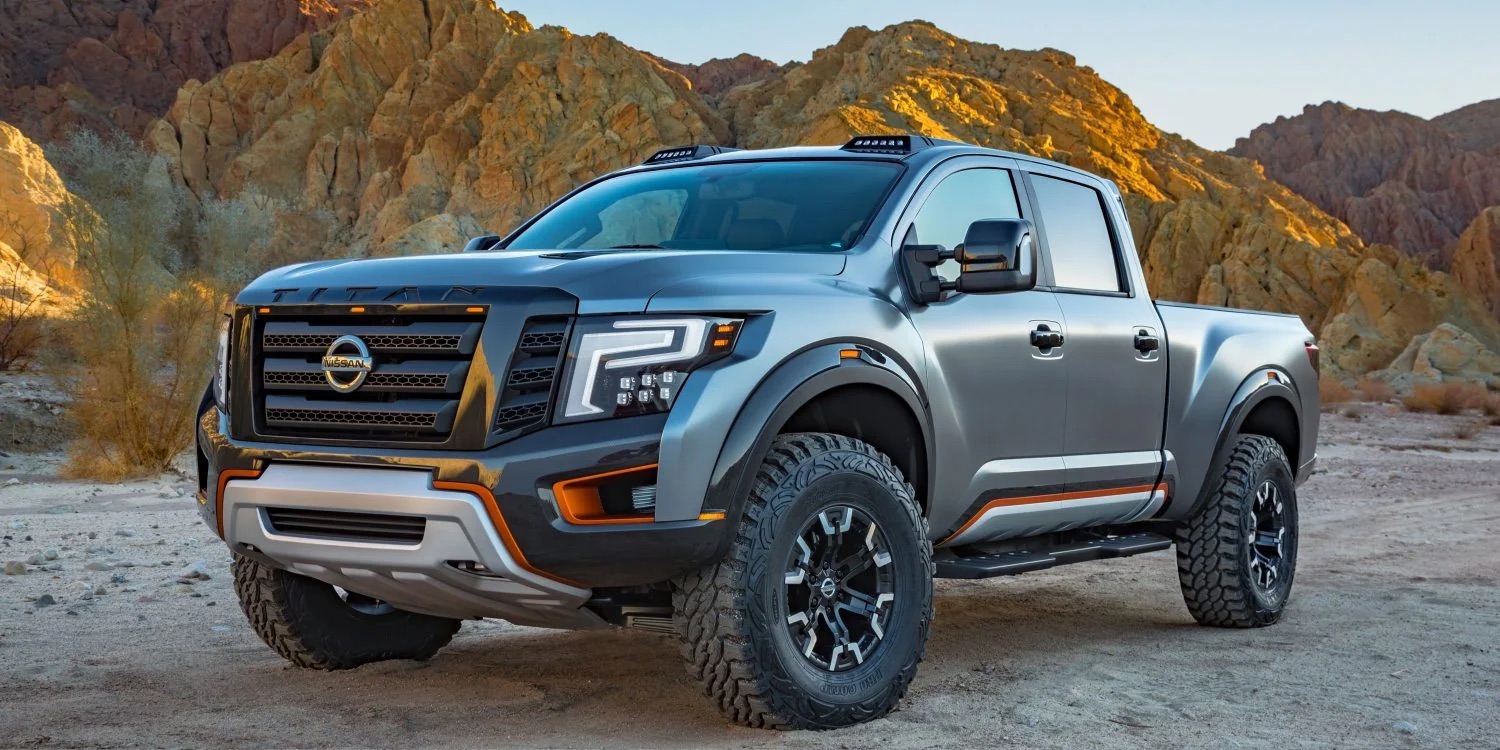
While the XD variant does offer more towing capacity than the standard Titan and rides more comfortably than traditional heavy-duty trucks, it still falls behind in key areas.
Several half-ton pickups can tow more, and most deliver a smoother ride. The Titan XD also suffers from a lack of flexibility — every version comes with a crew cab and a 6.5-foot bed, offering no alternative cab-and-bed configurations.
Unlike heavy-duty trucks from other brands that typically offer a diesel engine, the Titan XD sticks with a gasoline-fed 400-hp V-8. If there’s a bright spot, it’s that the truck includes plenty of desirable standard features, and its front seats are some of the most comfortable available.
Unfortunately, that’s not nearly enough to lure buyers away from more established domestic HD options. The Titan XD’s awkward position in the market and its limited capability ultimately make it a hard sell.
For 2024, the Titan XD sees a significant change with the elimination of the base-level S trim. This means the SV trim now serves as the entry-level model. As a result, the starting price increases, with the most affordable Titan XD now costing nearly $4000 more than before.
Additionally, this model year will be the last for both the Titan XD and its half-ton sibling, as Nissan plans to stop production and retool its Mississippi plant to manufacture electric sedans instead.
Pricing for the 2024 Nissan Titan XD starts at $54,860 and can reach as high as $68,770 depending on the chosen trim and available options.
The SV model, priced at $54,860, is the most affordable and also the most practical choice for buyers who want to get the best payload and towing performance for their money. The PRO-4X comes in at $60,820, while the top-tier Platinum Reserve trim is priced at $68,770.
Given the Titan XD’s awkward “tweener” status, the SV is the most sensible choice to maximize value. All models come standard with four-wheel drive and a solid package of features, including driver-assistance technology and attractive 20-inch wheels.
Powering every Titan XD is a smooth and quiet 5.6-liter gasoline V-8 that produces 400 horsepower and 413 pound-feet of torque. This engine is mated to a nine-speed automatic transmission and standard four-wheel drive.
While the Titan XD drives with more civility than a traditional heavy-duty truck, it doesn’t offer superior handling or increased hauling capability. The ride quality is acceptable for a vehicle with a heavy-duty frame, but it still doesn’t measure up to what light-duty pickups offer.
The steering is dull and lacks responsiveness, making the truck feel sluggish and clumsy on highways. In performance tests, the Titan XD landed squarely in the middle of the pack. The brake pedal also left something to be desired, with a soft, vague feel that didn’t inspire much confidence
Nissan Sentra
- J.D. Power Quality and Reliability Rating: 81
- Number of Recalls: 4
- NHTSA Complaints per 1,000 Vehicles: 1.17
There’s a real need in the world for affordable transportation, and Nissan does a great job of meeting that demand.
The Sentra is a prime example of a vehicle that provides a safe, comfortable, and inexpensive way to get from point A to point B perfect for the vast majority of drivers.
While it won’t exactly get your heart racing, with just 149 horsepower and a CVT under the hood, it certainly excels in terms of fuel efficiency and the ability to play the latest Taylor Swift album without breaking a sweat. So, does it really matter that it’s not thrilling to drive?
The Nissan Sentra is a budget-friendly vehicle that manages to avoid looking inexpensive. It sports a stylish exterior and an interior that feels more upscale than expected for its class.
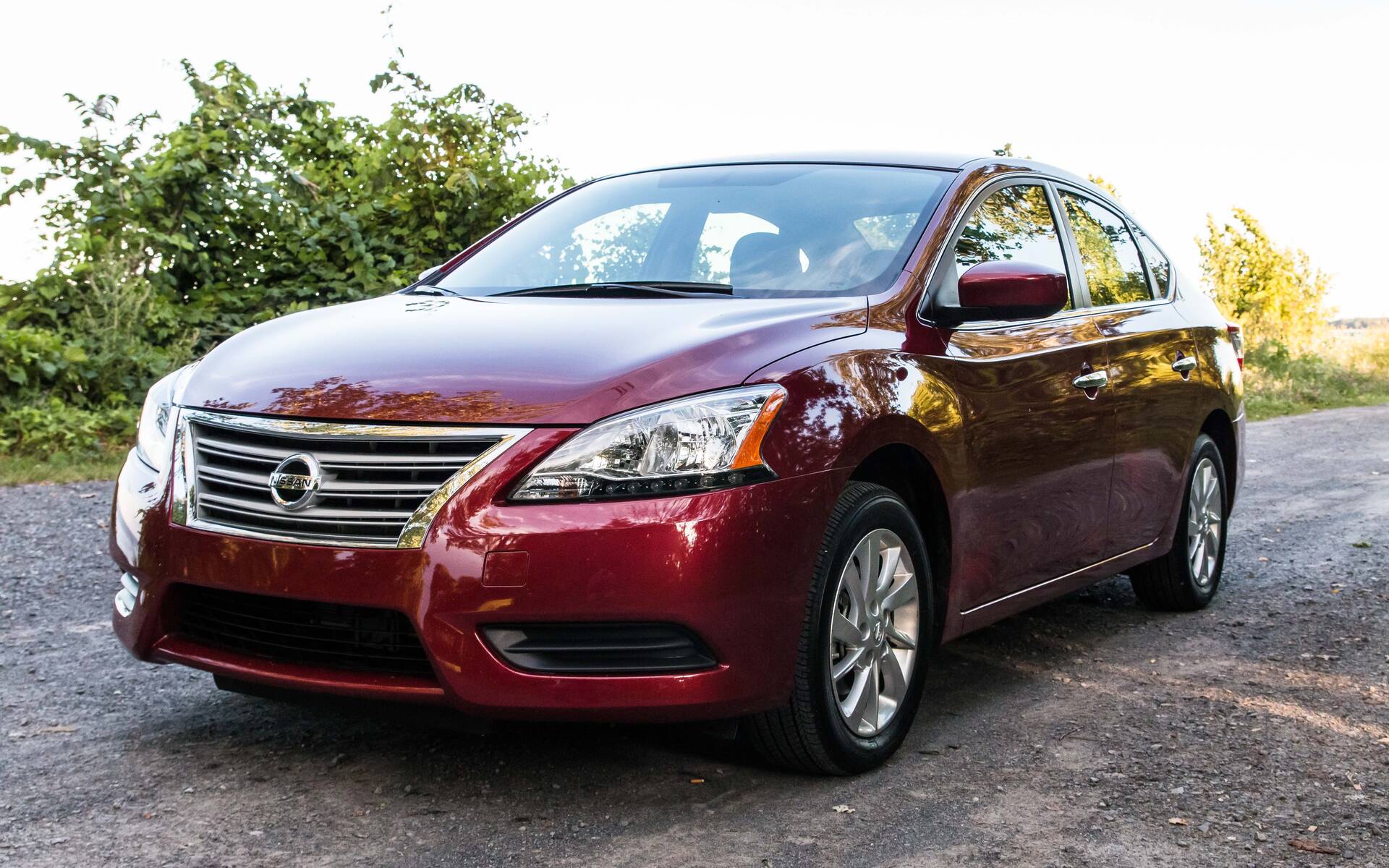
The front seats stand out for their comfort, offering a level of support that’s uncommon among compact sedans, and the trunk provides generous cargo space. Fuel efficiency on the highway is another strong point for the Sentra.
On paper, it shapes up as an excellent small car, but its biggest weakness lies in the driving experience. With a 149-hp four-cylinder engine paired to a continuously variable automatic transmission, it suffers from what could best be described as bland driving-itis — and unfortunately, there’s no remedy for that in its current setup.
Competitors like the Mazda 3 and Honda Civic easily outclass it in terms of driver engagement, while the hybrid Toyota Prius offers significantly better fuel economy. Still, if keeping costs down is your top priority, the Sentra remains a dependable and sensible option.
In the current compact car rankings, the Sentra holds the #9 spot. It trails behind top performers like the Honda Civic, which starts at $25,400, and the Toyota Prius at $29,485. Even the plug-in hybrid Toyota Prius PHEV, starting at $34,510, ranks higher.
Other rivals such as the Mazda 3 ($25,135) and Volkswagen Jetta ($23,720) also outperform the Sentra in various categories. At the base level, the 2025 Nissan Sentra starts at $22,730, which is one of the more affordable entries in the segment.
For 2025, the Sentra sees only two updates from the previous year. The SV trim now comes with NissanConnect, which adds app integration and a Wi-Fi hotspot. Additionally, Nissan is including up to three complimentary oil changes over two years or 24,000 miles to stay competitive with similar offerings from rival brands.
Pricing for the 2025 Sentra ranges from $22,730 to $25,730, depending on trim and options. The base S model is well-equipped with essential features, but the mid-level SV trim—priced at $23,430—is a smarter buy.
It introduces additional tech, such as adaptive cruise control and dual-zone automatic climate control, with only a modest price increase. For added comfort and amenities, it’s worth considering the SV Premium package.
This option brings heated front seats, quilted leather upholstery, a leather-wrapped shift knob, a power-adjustable driver’s seat, an upgraded audio system, and a sunroof.
Under the hood, every Sentra comes with a 149-hp 2.0-liter four-cylinder engine connected to a continuously variable automatic transmission and front-wheel drive.
While the CVT mimics traditional gear shifts, the model we tested felt underpowered and noisy, particularly during highway passing maneuvers. Driving excitement is minimal.
The steering is decently weighted and consistent but lacks the direct feedback seen in competitors like the Honda Civic or Mazda 3. The Sentra is built with an independent rear suspension and offers wheel sizes ranging from 16 to 18 inches.
The test model came equipped with the largest wheels, which resulted in a firmer ride and more pronounced road noise. Still, the car performs well in typical driving conditions, making it suitable for both daily commutes and longer trips.
One area where the Sentra impressed was braking performance—it provided confident pedal feedback and brought the car to a stop from 70 mph in 170 feet, a distance that’s competitive within its class.
Also Read: 10 Vehicles With Best Long-Term Fuel Economy That Save You Money Year After Year
Nissan Frontier
- J.D. Power Quality and Reliability Rating: 83
- Number of Recalls: 2
- NHTSA Complaints per 1,000 Vehicles: 0.50
There’s a lot to appreciate about the Nissan Frontier. For starters, it maintains the traditional feel that has long defined the Frontier lineup something that most of its modern rivals have moved away from.

A key reason for this is its powertrain, which remains a naturally aspirated V6. This proven engine delivers a solid 310 horsepower, and its straightforward design contributes to the truck’s reliability.
Beyond that, the Frontier has a rugged, appealing exterior design and feels like the ideal pickup for buyers looking for an alternative to the more common choices on the market.
Nissan Z
- J.D. Power Quality and Reliability Rating: 85
- Number of Recalls: 1
- NHTSA Complaints per 1,000 Vehicles: 0
The Nissan Z is both a throwback and a modern machine, which helps explain why it ranks so highly on this list.
While its underlying architecture dates back several generations, Nissan has done an outstanding job of refreshing the car to make it feel new without completely overhauling its essence.
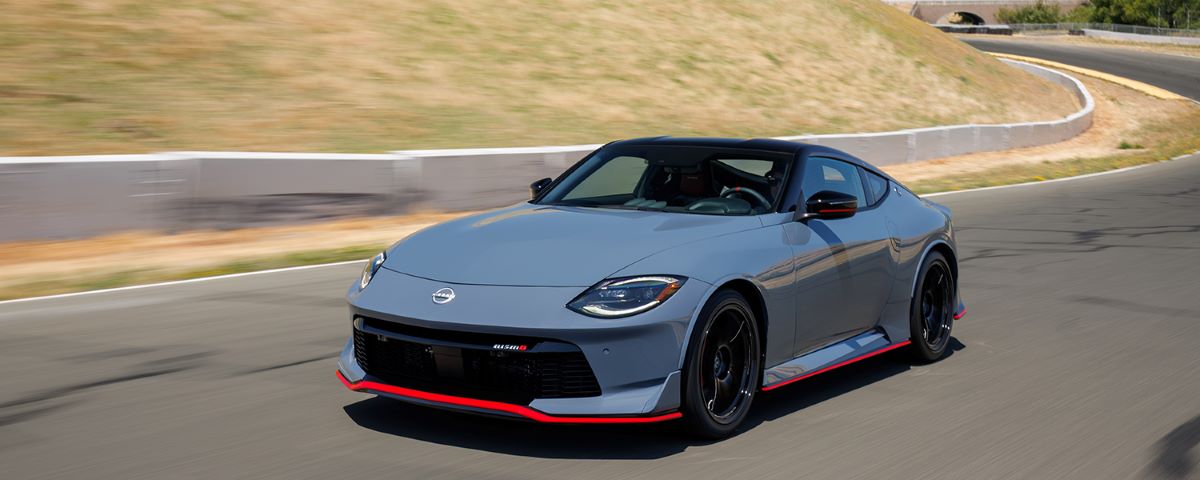
This balance has contributed to improved reliability, although it’s also worth noting that, being relatively new, the model hasn’t yet had time to accumulate many complaints.
Still, it’s an impressive showing, and we’re eager to see whether Nissan can continue this strong performance moving forward.
Carrying forward a rich legacy of Nissan sports cars, the 2025 Nissan Z combines strong performance with retro-inspired styling at a price that remains within reach for many enthusiasts. The latest Z wears its heritage proudly, staying true to its roots as a spirited two-door coupe with a silhouette that pays homage to the original 1969 240Z.
Beneath its vintage-inspired design lies a powerful 400-hp twin-turbocharged V-6 engine, which sends power to the rear wheels through a choice of either a six-speed manual or a nine-speed automatic transmission.
The high-performance Z NISMO model boosts output to 420 horsepower but is offered solely with the automatic gearbox. Although the platform underneath is derived largely from the previous 370Z, the 2025 Z delivers a more refined on-road experience, along with a significantly updated interior.
It offers thrilling acceleration and responsive handling, although its suspension tuning becomes a weak point when approaching the car’s cornering limits. Inside, the cabin strikes a balance between nostalgia and modernity, featuring redesigned seats, a larger infotainment screen, and a digital gauge cluster.
While it may not match the Toyota Supra in sheer driving excitement, the Z remains an appealing choice thanks to its affordable price point and endearing character, earning it a well-deserved spot in Nissan’s long-running lineup of accessible performance coupes.
In current rankings, the Nissan Z holds the #8 position among the best performance sports cars. It sits behind the Chevrolet Corvette, which starts at $70,195, the Porsche 718 Cayman at $74,795, the 718 Boxster at $76,895, and the Toyota GR Supra starting at $57,385.
The BMW Z4, priced from $55,675, also ranks higher. With a starting price of $44,110, the Nissan Z remains the most budget-friendly option in this lineup of high-performing coupes.
For 2025, the Nissan Z carries over unchanged from the prior year, following a 2024 refresh that introduced both the Z NISMO and Z Heritage trims. No mechanical or visual updates are expected for the new model year.
Pricing for the 2025 Nissan Z spans from $44,110 to $66,890, depending on the selected trim and options. The base Sport trim starts at $44,110, while the Performance trim is priced at $54,110.
At the top end, the NISMO model comes in at $66,890. Of the available choices, the mid-range Performance trim stands out as the most compelling.
It enhances the driving experience with a sportier suspension setup, a limited-slip differential, larger brakes, 19-inch wheels equipped with summer tires, and power-adjustable seats wrapped in faux-suede.
While the NISMO variant is enticing as a track-focused machine, its firm suspension and aggressive brakes can be harsh for daily driving.
Powering every 2025 Nissan Z is a twin-turbocharged 3.0-liter V-6 engine originally found in the Infiniti Q60 Red Sport 400. In both the Sport and Performance trims, it delivers 400 horsepower and 350 pound-feet of torque.
The NISMO version boosts those figures to 420 horsepower and 384 pound-feet of torque and includes performance upgrades such as a limited-slip differential, bigger wheels, larger brakes, stiffer suspension, and a more aggressive exterior design.
While the standard Z offers both a six-speed manual and a nine-speed automatic transmission, the NISMO is available only with the automatic.
The Z’s turbocharged engine supplies robust acceleration and plenty of rear-wheel-drive excitement, though it falls slightly behind rivals like the Toyota GR Supra and Porsche 718 Cayman in terms of straight-line speed.
When driven near its handling limits, the Z feels confident and agile, but its suspension begins to show signs of strain. The NISMO model remedies this with greater chassis rigidity and firmer suspension tuning, making it highly capable on a racetrack but noticeably less comfortable on imperfect roads.
The standard Z’s Bridgestone Potenza S007 summer tires further restrict its capabilities in high-performance driving, whereas the NISMO’s Dunlop SP Sport Maxx GT600 rubber significantly improves grip and overall handling.
Nissan GT-R
- J.D. Power Quality and Reliability Rating: 91
- Number of Recalls: 3
- NHTSA Complaints per 1,000 Vehicles: 1.38
We’re not entirely sure if the winner comes as a surprise, but as we mentioned earlier with the Z, age plays a major role in reliability.
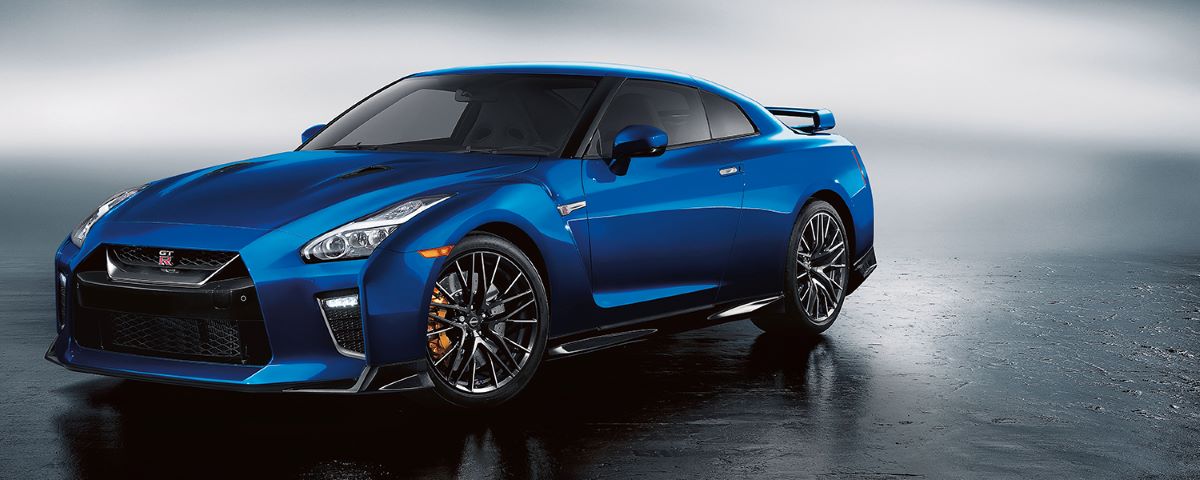
“Godzilla” has been a staple of the sports car world for what feels like an eternity, and its impact on both car culture and Nissan as a brand cannot be overstated.
Through all the ups and downs, the GT-R consistently served as a reminder that Nissan was still capable of greatness. Now, with the legendary model’s production run nearing its end, the hope is that its successor will be able to carry on the legacy it leaves behind.
After a dominant 15-year reign of striking fear into both track rivals and street contenders, the legendary “Godzilla” is finally approaching retirement.
Nissan has confirmed that 2024 will mark the end of production for the R-35 generation GT-R in the United States. However, the model has been granted a temporary extension in its home market of Japan, where production will continue through the end of the 2025 model year.
There’s still some life left in this iconic supercar, as the updated-for-2024 versions are still available until inventory runs out, including the recently introduced 2024 T-spec Takumi and Skyline limited editions. This model year also welcomes back the mid-range T-spec trim, which fills the gap between the Premium variant and the hardcore NISMO edition.
Beneath the hood, the twin-turbocharged 3.8-liter V-6 engine continues to deliver ferocious performance, putting out 600 horsepower in the NISMO models, while the Premium and T-spec trims receive a slightly toned-down but still muscular 565 horsepower.
True to its pedigree, the GT-R retains its suite of high-performance components, such as electronically adjustable Bilstein dampers and Brembo brakes, with the higher-tier trims featuring advanced carbon-ceramic setups.
Paired with a dual-clutch automatic transmission and a confidence-inspiring all-wheel-drive system, these elements work in harmony to produce the explosive acceleration that has long defined the GT-R’s legacy.
Unreliable Used Nissans To Stay Away From
Nissan is one of the most well-known car manufacturers in the U.S., offering a wide variety of vehicle types. If you’re in the market for a pre-owned vehicle, you’ll find no shortage of options, as many of Nissan’s models have been in production for generations.
However, with such a broad selection comes a varying degree of quality, and it’s important to ensure that the used Nissan you’re considering won’t turn out to be a lemon.
There are several reliable indicators you can use to gauge the dependability of an older model.
These include the vehicle’s recall history, evaluations from organizations like Consumer Reports, and the PainRank scale created by CarComplaints.com a tool that draws from real-world data submitted by actual owners and drivers to assess the reliability of a specific model.
Even automakers with reputations for unreliability can have a few standout models, as each vehicle generation tends to differ from the ones that came before or after.
Interestingly, hybrid versions of some of Nissan’s most problematic models such as the Rogue, Pathfinder, and Altima often score significantly better in terms of reliability than their internal combustion engine (ICE) counterparts.
To help you navigate this landscape, here are the most unreliable used Nissans you should avoid when shopping for your next vehicle.
Nissan Altima
When looking at the PainRank scores provided by CarComplaints.com, the Altima ranks as the worst-performing Nissan model by a wide margin. Over the past 20 years, the Altima has gained a reputation for being notoriously unreliable.
While the models from the 1990s were generally considered acceptable, things took a turn for the worse with the third, fourth, and fifth generations of the Altima, which were produced between 2002 and 2018.
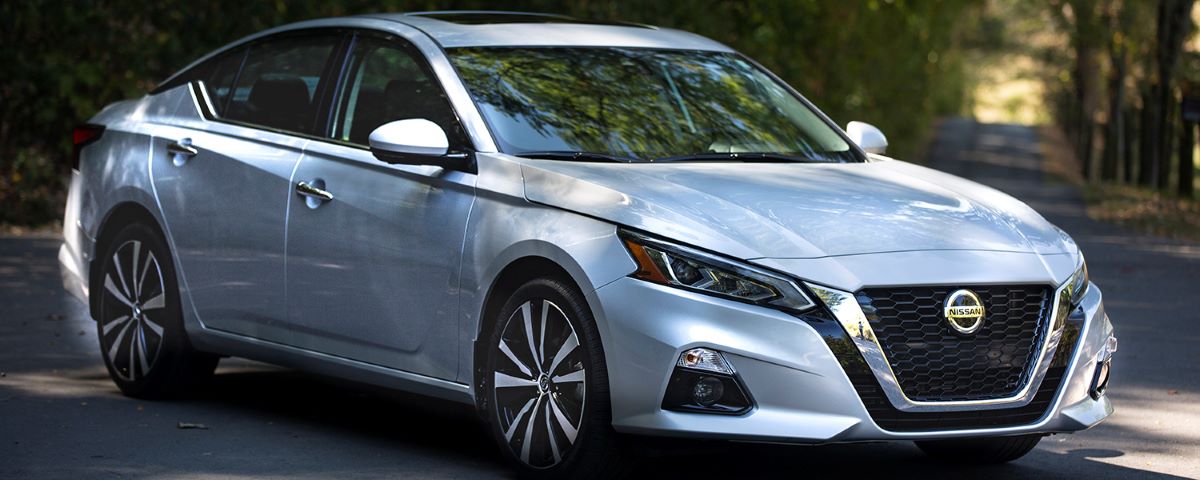
These models are plagued with a range of issues. In particular, the 2013–2018 Altimas are especially problematic, with complaints and recalls involving everything from faulty headlights to front hoods unexpectedly flying open while driving.
To find a used Altima that’s worth considering, buyers are best off looking at either end of the model’s production history.The first generation, built from 1993 to 1997, does have some engine and electrical issues but generally holds up reasonably well.
Similarly, the sixth generation specifically the 2019 and 2020 models performs relatively well in reliability rankings, though some concerns have been noted regarding the windows and transmission.
Nissan Pathfinder
The Nissan Pathfinder has long been one of the most popular SUVs in the U.S., but that popularity doesn’t mean it’s free of issues.
Shoppers should be particularly cautious when considering used Pathfinders manufactured between 2005 and 2012, as the third generation is significantly more problematic than others.
Several models from this era are known to suffer from the notorious “strawberry milkshake” problem a major transmission failure caused by the mixing of transmission fluid and coolant inside the radiator.

While the Pathfinder typically offers a spacious and relatively quiet ride for passengers, it’s not the best choice for off-road adventures.
If you’re looking for a rugged, off-road-capable used SUV, it’s wise to consider other brands especially given the Pathfinder’s history of mechanical troubles and frequent recalls.
That said, if you’re set on owning a used Nissan Pathfinder, the first generation, built from 1987 to 1995, has stood the test of time. Despite its age, it has significantly fewer driver complaints than newer versions, making it a more reliable option overall.
Nissan Rogue
There’s no shortage of Nissan Rogues in the used car market. In 2017, the Rogue became Nissan’s best-selling model, and it performed well in terms of sales both before and after that peak year.
However, this popularity hasn’t come without issues. The model has accumulated a high number of driver complaints over the years, so don’t be surprised if many current owners are eager to sell theirs.
The primary sources of frustration for Rogue owners are transmission failures and HVAC system problems.
The first generation of the Rogue, built between 2008 and 2013, is especially notorious, with widespread issues that include recalls for the powertrain and suspension, in addition to the other major concerns.
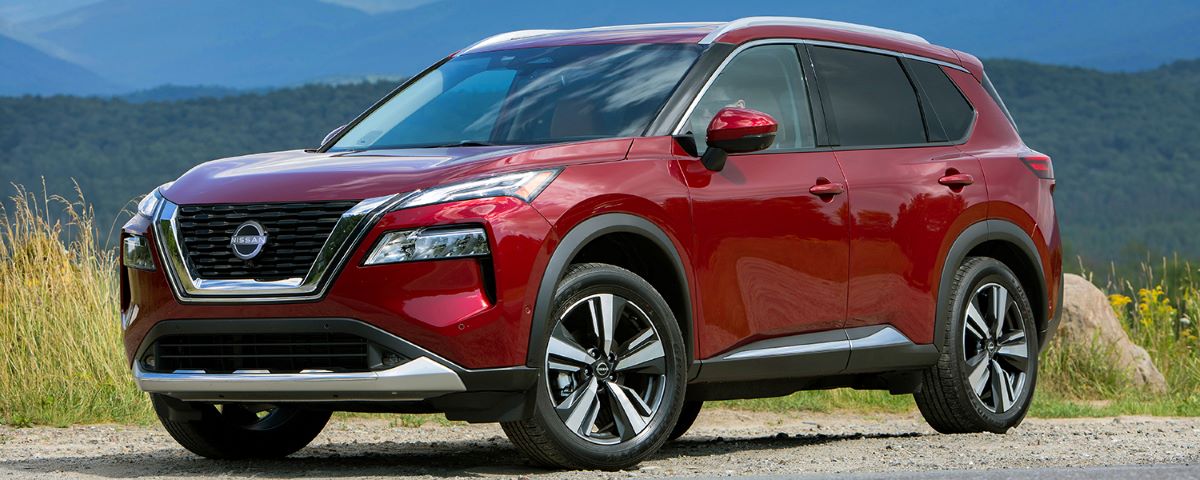
It’s best to steer clear of any Rogues manufactured during that first-generation span. The second generation, produced from 2014 to 2020, only shows marginal improvement in terms of reliability, which may not inspire much more confidence.
That said, other vehicles under the Rogue nameplate could be better investments. The Rogue Hybrid, for example, has received far fewer complaints and could make for a smart used vehicle purchase.
Models like the Rogue Select and Rogue Sport (sold internationally as the Qashqai J11) fall somewhere between the Rogue Hybrid and the most problematic versions in terms of reliability.
Just keep in mind that if you’re considering a Rogue Sport or Rogue Hybrid, you may end up paying a premium since these models have only been available for a few years.
Nissan Versa
As the U.S. automotive market continues to shift away from subcompact vehicles in favor of crossovers, SUVs, and other larger vehicles, finding a smaller used Nissan has become increasingly challenging. However, one model that still pops up frequently is the Nissan Versa.
If you come across a used Nissan Versa, it’s essential to proceed with caution. Be sure to thoroughly test drive it before making a decision, as it ranks among Nissan’s least reliable models.
The first two generations of the Versa have been the subject of numerous recalls, affecting safety features like seat belts and airbags, as well as critical components such as the powertrain, ignition system, GPS, and service brakes.
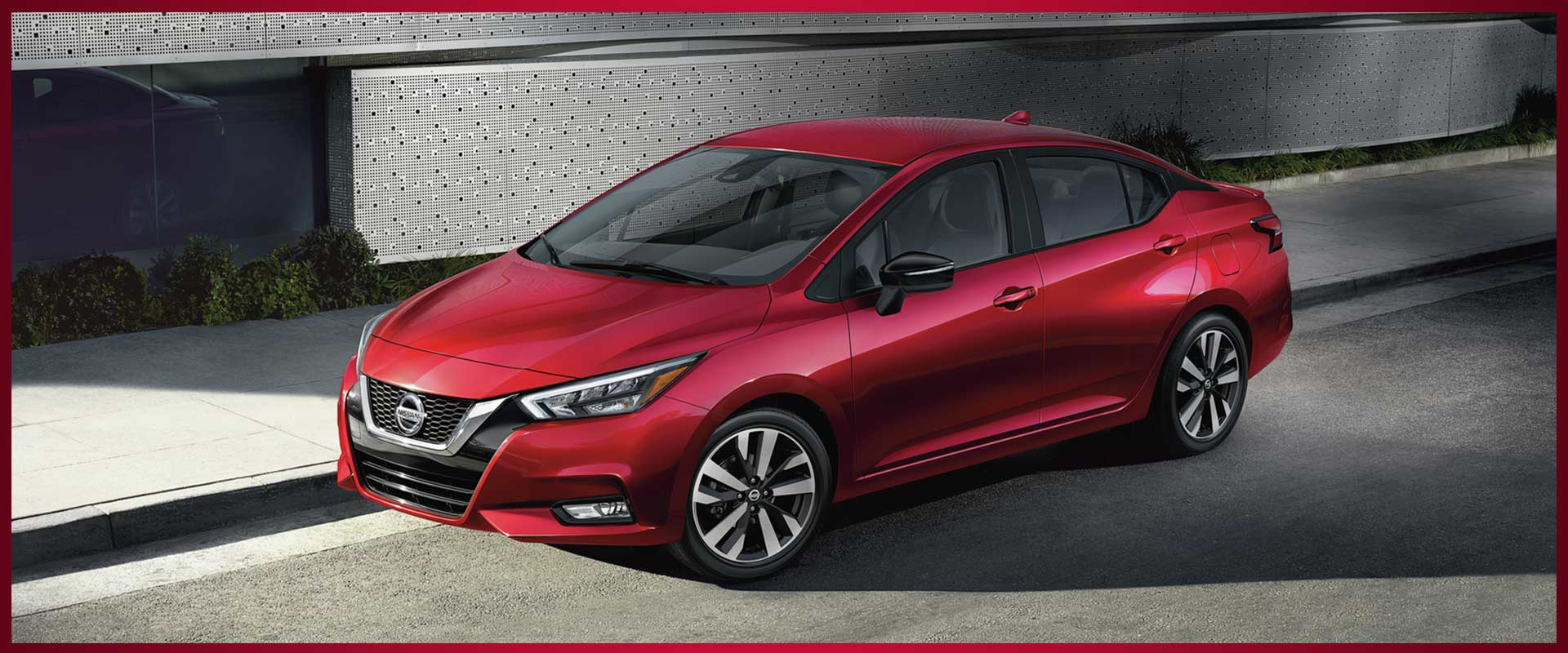
Some buyers might consider the Versa Note as a better alternative, but that would be a mistake. This variant hasn’t been free from recalls either, with similar issues impacting the ignition and airbags, along with problems related to the body and the mid/rear assembly.
The Versa Note was discontinued in North America, so while it may be harder to find on the used car market, that doesn’t necessarily make it a more reliable or valuable option.
Nissan Maxima
Nissan has been manufacturing the Maxima for over four decades, and it’s a common sight on the roads during long road trips.
However, in this case, the sheer number of models and generations doesn’t equate to consistent quality. The reliability of Nissan’s flagship sedan can vary significantly from one model to the next.
For potential buyers, it’s best to avoid the sixth-generation Maxima, produced between 2004 and 2008. This generation is plagued with mechanical problems, including issues with the transmission and torque steer.

Additionally, despite its age and flaws, the price of these models hasn’t decreased significantly, meaning you’ll likely end up paying more than what the car is worth, especially when compared to more dependable Maxima models.If you’re in the market for a more reliable Maxima, it’s advisable to consider older models.
The third and fourth generations, produced from 1989 to 1999, are generally solid options, though they may feel a bit outdated. The only exception to the “older is better” rule is the eighth generation.
The 2016–2020 model years from this generation have earned favorable reliability ratings, and the complaints associated with them are relatively minor, focusing on trunk space and navigation issues.

